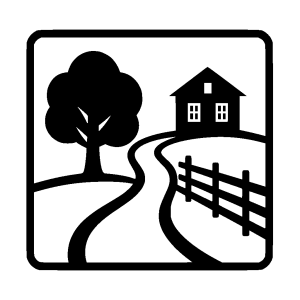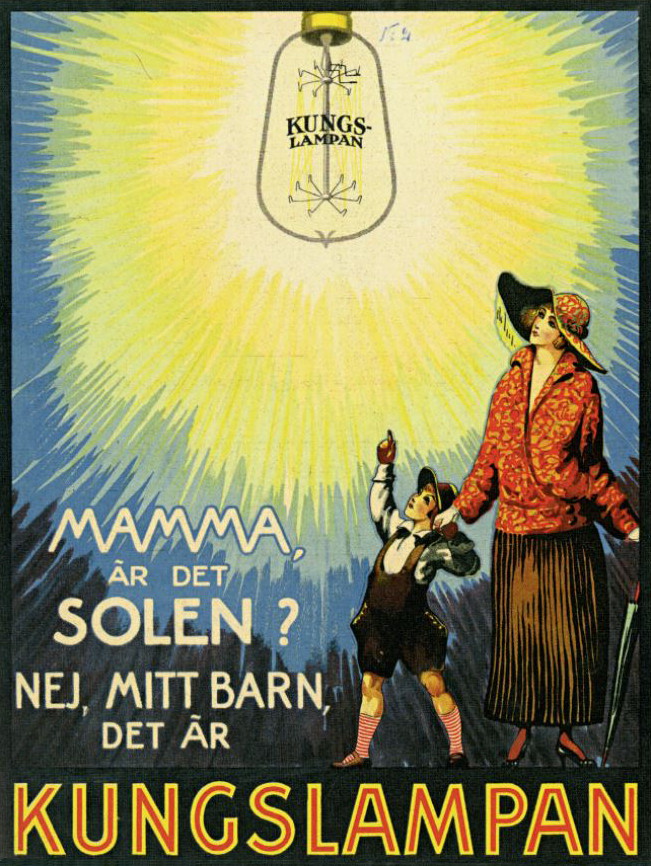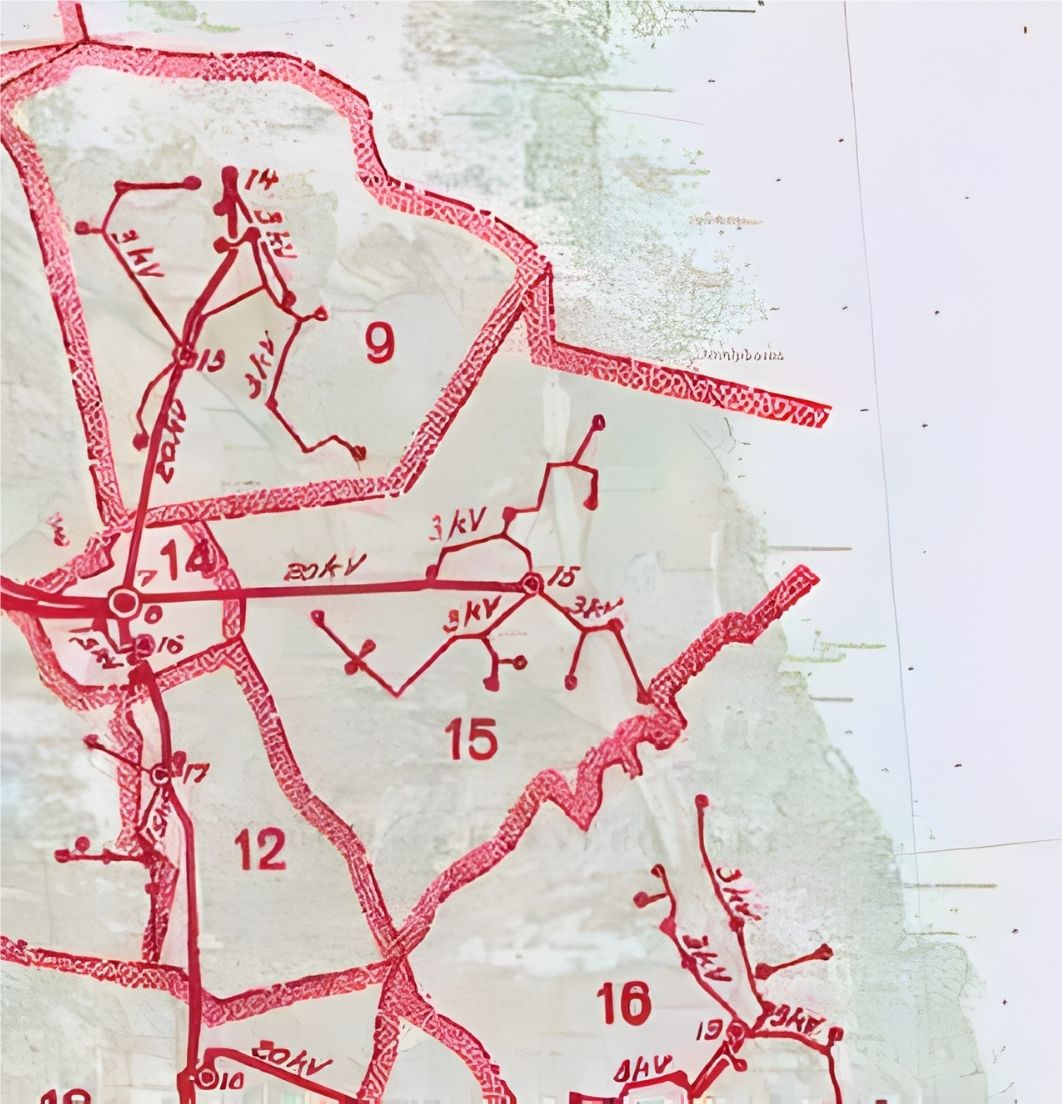
24. Electricity
In 1890, the first light bulbs were lit in Stockholm – a technical and practical sensation. Just pressing a button and getting light was experienced as magic! Previously, wax candles and kerosene lamps were used to light homes. In the 1910s, the first electric household appliances made their mark – irons and vacuum cleaners. Soon, electric washing machines, stoves and refrigerators made their way into Swedish homes. The magazine Husmodern in 1921 aptly stated: “Electricity will eventually become something as natural and necessary to us as the oxygen in the air – we only notice it when we lack it.”
In 1916, the first step towards electrification was taken in Häverö when the municipal assembly decided to establish a public electricity network. In 1918, the Väddö Electrical Distribution Association was formed in our area (see area 15 on the map). During the 1920s, the villages in the area were connected to the electricity network, which was fed via a 20 kV line from the Älvkarleby hydroelectric power plant. The transformer station was located near Bergby Gård, which, like Norrbygård, Trästa ferry and Tomta såg, was a major electricity user in the area. In 1942, Vattenfall took over the electricity network and electricity now quickly reached all households. Initially, a single-phase system was used, but in the 1950s it was replaced by a more modern three-phase system. Nevertheless, as late as 1991, there were properties in Bergby that still had a single-phase system. Some stubbornly refused to connect three-phase electricity; “an unnecessary novelty”!


Today, more and more households are starting to install solar cells . In 2018, Norrbygård will inaugurate a 1-hectare solar cell park with an output of 240 kW – one of the largest in Norrtälje municipality. Many are acquiring hybrid and electric cars. The history of electricity in the countryside reflects both technological development and societal change. Today’s society is completely dependent on the electricity grid. The question is how will electricity be produced and used in the future?
Extra material


